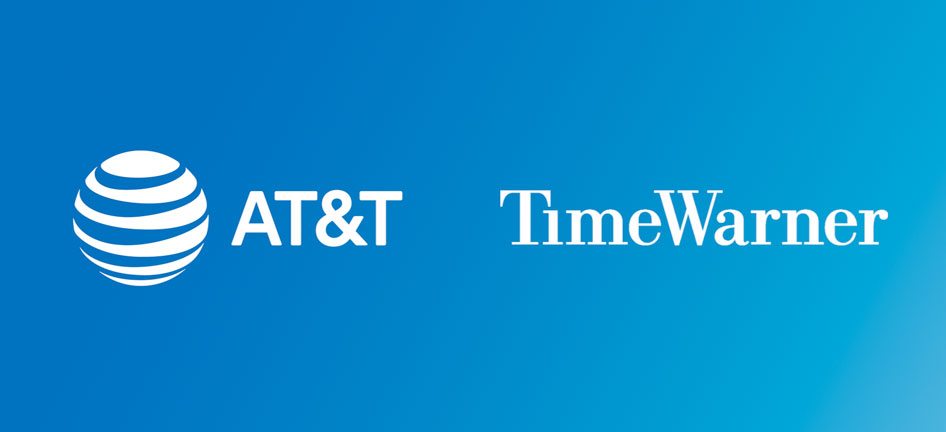WASHINGTON—Vertical mergers—or combinations of companies which are not direct competitors—usually face relatively little regulatory scrutiny and rarely go to court. But legal experts say the high-stakes trial over the potential $85 billion merger between Time Warner and AT&T could buck the trend.
The trial comes amid heavy skepticism from President Trump, who warned on the campaign trail that the deal would lead to “too much concentration in the hands of too few”, and who has repeatedly called CNN—which is owned by Time Warner—“fake news.” Stephenson said Trump’s negative opinion of CNN is the “elephant in the room.”
Regulators have historically taken a more hands-off approach to vertical mergers such as this one, because their combination by definition does not remove any competitors from the marketplace. Horizontal combinations, on the other hand, tend to attract more regulatory scrutiny because they are directly shrinking the number of competitors in a certain competitive space.
However, this time around it’s different, said Fernando Laguarda, faculty director of the program on law and government at American University’s law school.
“What’s usually happened in the past is that concerns in these vertical deals have been resolved through behavioral remedies, or agreements reached between the government and merging parties to offset competitive concerns,” said Laguarda. “The shocking thing here is that the government and AT&T couldn’t resolve their differences, so we’re actually getting a trial.”
“While it is unusual for the government to challenge a vertical merger, it is not necessarily the case that a vertical merger will not have anti-competitive effects,” said Jim Hanks, adjunct law professor at the University of Maryland.
Hanks’ logic was echoed by the Department of Justice, which said that even though the deal is vertical, the merger would still “substantially lessen competition, resulting in higher prices and less innovation for millions of Americans” by creating a combined company large enough to raise prices on consumers and keep competitors out of the market, particularly with regard to online video distributors.
“For example, the merged firm would likely use its control of Time Warner’s programming, which is important for emerging online video distributors, to hinder those innovative distributors. Indeed, a senior Time Warner executive has stated that they have leverage over an online video distributor, whose offering would be ‘[expletive] without Turner’,” the DOJ said in a statement.
In other words, regulators say that AT&T, the country’s largest pay-TV provider, could effectively push other pay-TV providers out of the market by charging them much more for the rights to show Time Warner content such as HBO or March Madness. As such, even though the combination is vertical and doesn’t directly push out competitors, the government says it could still effectively shrink competition through higher prices.
Randall Stephenson, CEO of AT&T, responded that his competitors are already allowed to be vertically integrated.
“The reality is, the biggest distributor of content out there is totally vertically integrated. This happens to be something called Netflix. They create original content, they aggregate original content and they distribute original content—they have 100 million subscribers,” said Stephenson during an interview on CNBC. “Look at Amazon. They’re doing the exact same thing.”
Regardless of the results, Laguarda said the very fact that a Republican administration was taking such an antitrust position was surprising, given that many in the GOP once saw vertical mergers as consumer-friendly.
“It’s unusual since Republican used to follow the ideas of Robert Bork on these antitrust issues,” he said. “If companies were considering a vertical merger, Bork would say, ‘Have a mixer! Get the industry to know each other better!’ That was the Chicago school approach, but it’s gone.”
District Judge Richard J. Leon will oversee the trial, which is expected to last six to eight weeks.

